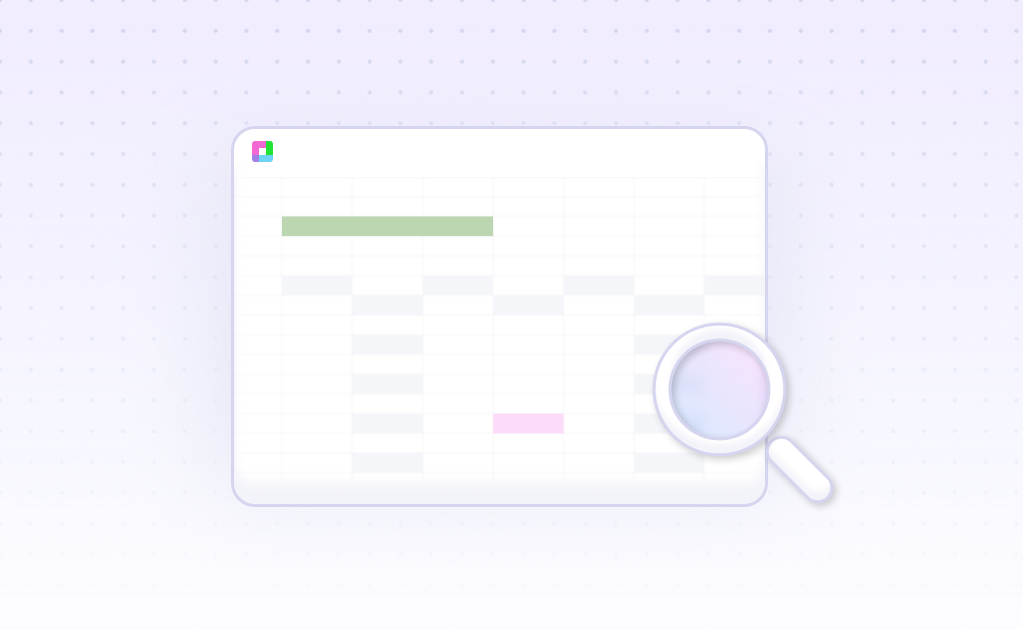
Remember the last time a critical piece of equipment failed unexpectedly? The scrambling, the downtime, the emergency repair costs that made your CFO wince. Now imagine if you could predict that failure weeks in advance.
That's the power of predictive maintenance analysis. Instead of waiting for things to break or performing unnecessary preventive maintenance, you use data to predict exactly when equipment needs attention. It's like having a crystal ball for your assets.
Why Predictive Maintenance Changes Everything
Transform your operations from reactive fire-fighting to proactive optimization
Reduce Unplanned Downtime by 50%+
Catch issues before they cause failures. A manufacturing facility reduced unplanned downtime from 120 hours to 45 hours monthly using predictive analytics.
Cut Maintenance Costs by 30%
Stop over-maintaining equipment and eliminate emergency repairs. Focus your budget on what actually needs attention when it needs it.
Extend Asset Lifespan
Optimal maintenance timing means equipment runs longer and performs better. One facility extended pump life from 3 to 5 years through predictive maintenance.
Improve Safety & Compliance
Prevent dangerous equipment failures and maintain regulatory compliance. Predictive maintenance helps you stay ahead of safety issues.
Optimize Inventory Management
Know exactly when parts will be needed. Reduce inventory carrying costs while ensuring critical components are available when required.
Data-Driven Decision Making
Replace gut feelings with hard data. Make maintenance decisions based on actual equipment condition and performance trends.
Predictive Maintenance in Action
See how different industries apply predictive maintenance analysis to solve real problems
Motor Vibration Analysis
A production facility monitors motor vibration patterns to predict bearing failures. By tracking frequency changes and amplitude increases, they schedule bearing replacements 2-3 weeks before failure, eliminating unexpected breakdowns during peak production.
HVAC System Optimization
A large office complex analyzes temperature, pressure, and energy consumption data from HVAC units. The system predicts when filters need changing, compressors require service, or efficiency is declining, reducing energy costs by 25%.
Pump Performance Monitoring
A water treatment plant tracks pump flow rates, pressure differentials, and power consumption. Machine learning algorithms identify degradation patterns, predicting impeller wear and seal failures up to 30 days in advance.
Conveyor Belt Maintenance
A distribution center uses sensors to monitor belt tension, roller temperature, and motor current. The predictive model identifies worn rollers and belt stretching before they cause jams or tears, maintaining 99.5% uptime.
Fleet Vehicle Analysis
A logistics company analyzes engine diagnostics, oil analysis reports, and usage patterns to predict brake pad wear, transmission issues, and engine problems. This reduces roadside breakdowns by 70% and extends vehicle life.
Power Generation Equipment
A power plant monitors turbine blade vibration, temperature gradients, and oil contamination levels. Predictive analytics help schedule maintenance during planned outages rather than forced shutdowns, saving millions in lost revenue.
Building Your Predictive Maintenance System
Follow this proven framework to implement predictive maintenance analysis
Data Collection & Integration
Start by gathering equipment data from sensors, maintenance logs, work orders, and operational systems. Import everything into Sourcetable - from CSV exports to real-time sensor feeds. The platform automatically organizes and validates your data.
Pattern Recognition & Analysis
Use Sourcetable's AI to identify patterns in your equipment data. The system learns normal operating conditions and detects deviations that precede failures. Machine learning models automatically improve as you feed them more data.
Predictive Model Development
Build predictive models that forecast equipment failures based on historical patterns. Sourcetable's AI suggests the best algorithms for your specific equipment types and operating conditions, from simple trend analysis to complex neural networks.
Alert Configuration & Monitoring
Set up intelligent alerts that trigger when equipment approaches failure thresholds. Configure different alert levels - from early warnings to urgent maintenance needs. The system learns your preferences and reduces false positives over time.
Maintenance Schedule Optimization
Generate optimized maintenance schedules based on predicted failure dates, resource availability, and operational constraints. Balance maintenance costs with downtime risks to find the sweet spot for each asset.
Performance Tracking & Improvement
Monitor the accuracy of your predictions and the impact on operations. Track key metrics like prediction accuracy, maintenance cost savings, and downtime reduction. Continuously refine your models based on actual outcomes.
Key Predictive Maintenance Analysis Techniques
Different equipment types and failure modes require different analytical approaches. Here are the most effective techniques you can implement:
Condition-Based Monitoring
Track real-time equipment conditions using sensors and IoT devices. Monitor vibration, temperature, pressure, flow rates, and other key parameters to detect early signs of degradation.
Trend Analysis
Analyze historical data to identify gradual changes in equipment performance. Look for patterns like increasing vibration levels, declining efficiency, or rising operating temperatures that indicate impending problems.
Statistical Process Control
Use control charts and statistical methods to distinguish between normal variation and significant changes in equipment behavior. Set control limits based on historical performance data.
Machine Learning Algorithms
Deploy advanced algorithms like random forests, neural networks, or support vector machines to identify complex patterns in multi-dimensional equipment data. These models excel at detecting subtle failure signatures.
Failure Mode Analysis
Study how different components typically fail and develop specific models for each failure mode. For example, bearing failures have different signatures than belt wear or pump cavitation.
Frequently Asked Questions
How much historical data do I need to start predictive maintenance?
You can start with as little as 6 months of data, but 1-2 years provides better model accuracy. The key is having data that includes both normal operations and actual failure events. If you don't have failure history, you can begin with condition monitoring and build your database over time.
What types of sensors and data sources work best?
The best sensors depend on your equipment type. Vibration sensors work well for rotating machinery, temperature sensors for electrical equipment, pressure sensors for hydraulic systems, and oil analysis for engines. You can also use existing data from SCADA systems, maintenance logs, and work orders.
How accurate are predictive maintenance models?
Well-designed models typically achieve 70-90% accuracy in predicting failures within their specified time windows. Accuracy improves over time as models learn from more data. The key is setting realistic expectations and using multiple indicators rather than relying on a single metric.
What's the ROI timeline for predictive maintenance?
Most organizations see positive ROI within 12-18 months. Initial benefits come from avoiding major failures and optimizing maintenance schedules. Long-term benefits include extended asset life, improved safety, and better resource planning. The exact timeline depends on your current maintenance practices and equipment criticality.
How do I handle false alarms and model accuracy?
Start with conservative thresholds and gradually fine-tune based on actual results. Use multiple indicators to confirm predictions before taking action. Sourcetable's AI learns from your feedback, automatically adjusting models to reduce false positives while maintaining sensitivity to real issues.
Can I integrate predictive maintenance with my existing CMMS?
Yes, Sourcetable can connect with most CMMS and EAM systems through APIs or data exports. You can automatically generate work orders when predictions trigger, update equipment records with condition data, and track maintenance effectiveness. This integration ensures your predictive insights translate into actionable maintenance activities.
Frequently Asked Questions
If your question is not covered here, you can contact our team.
Contact Us




